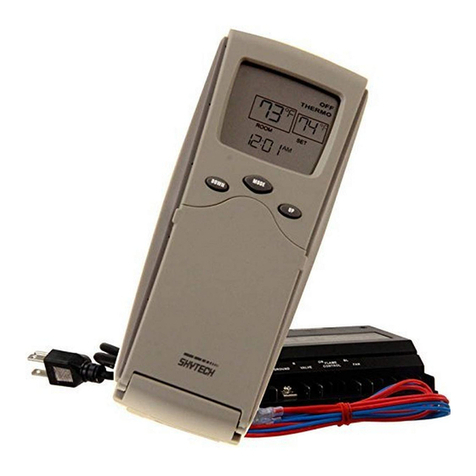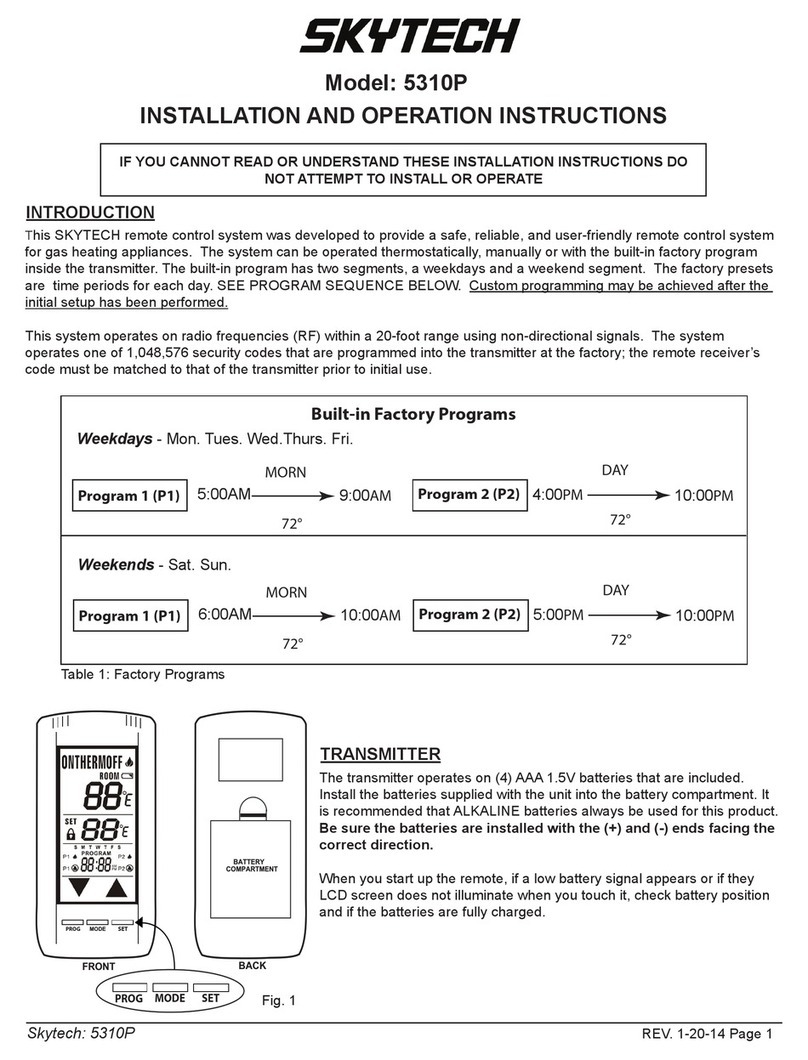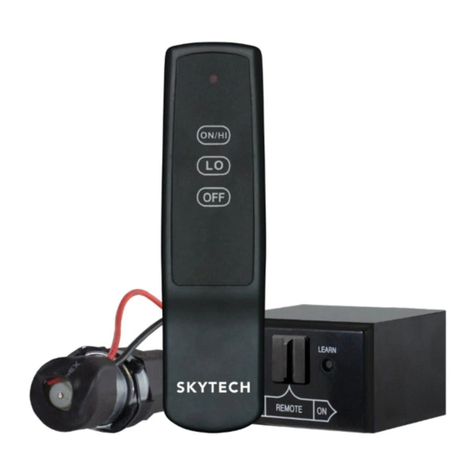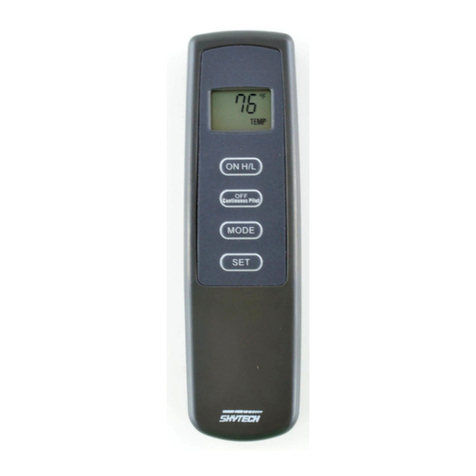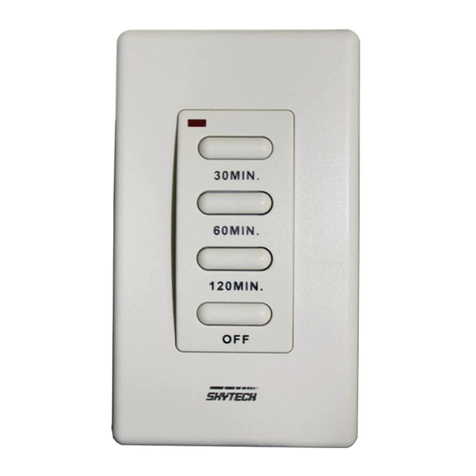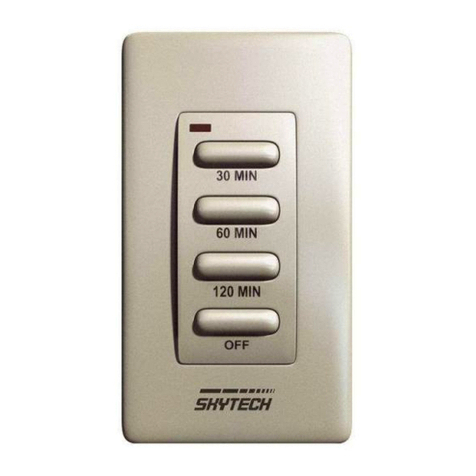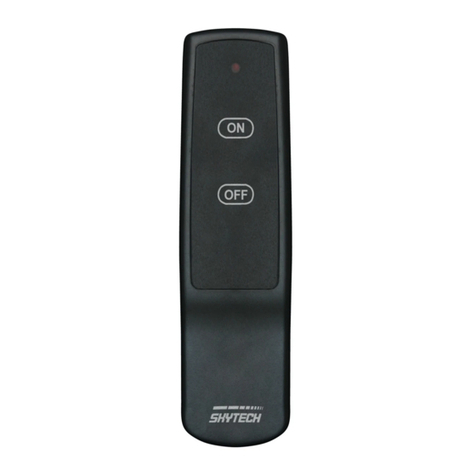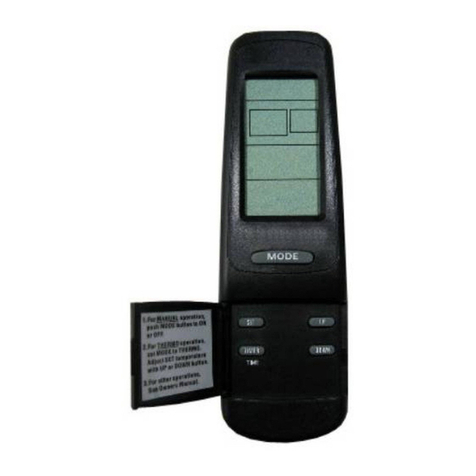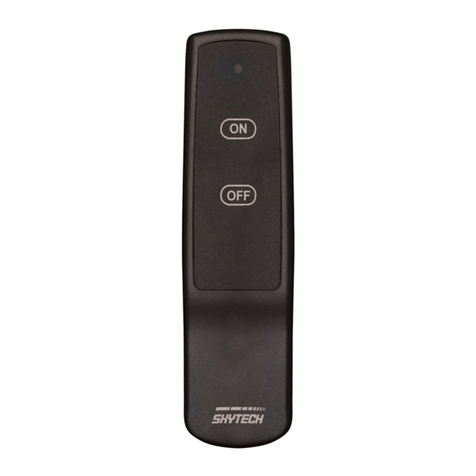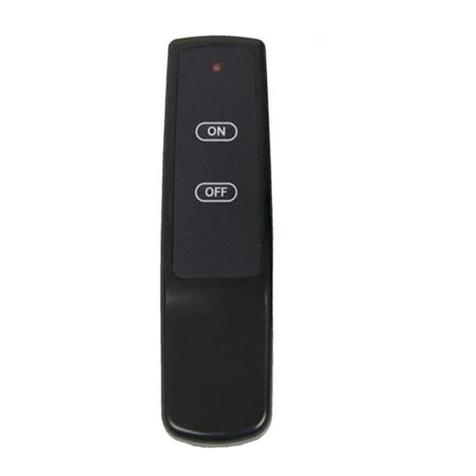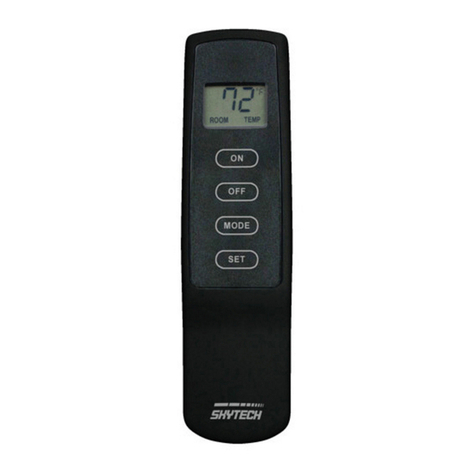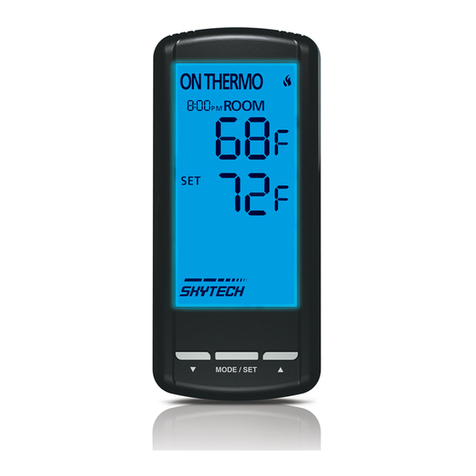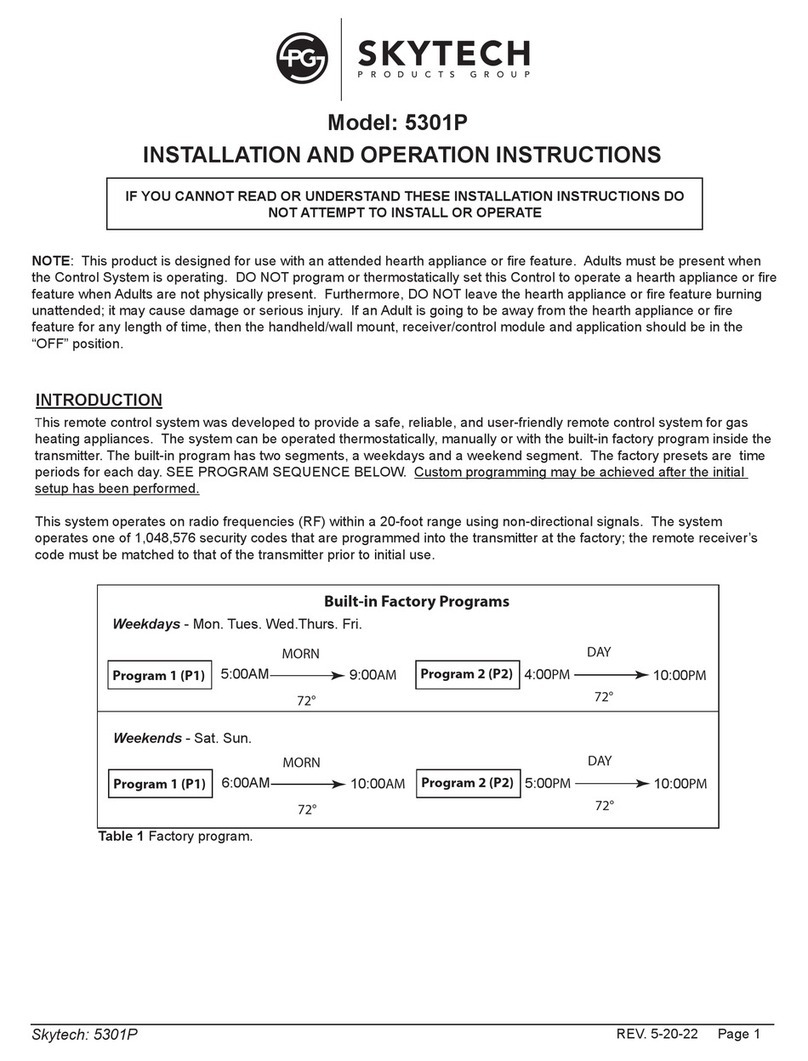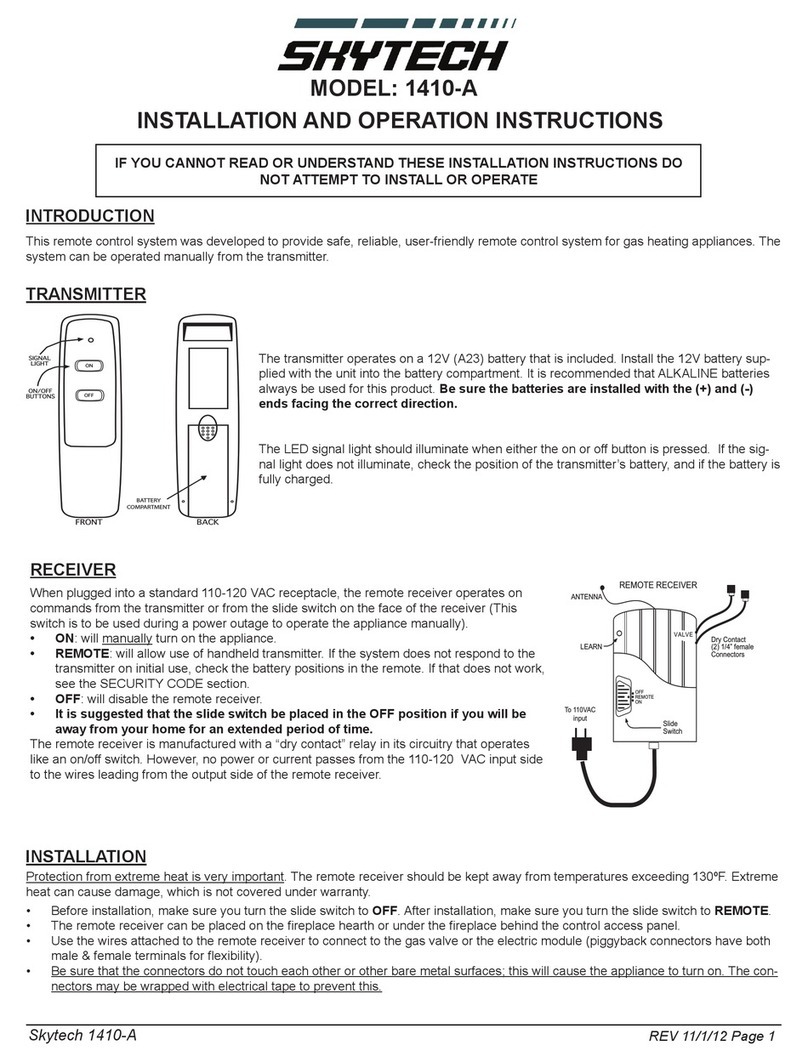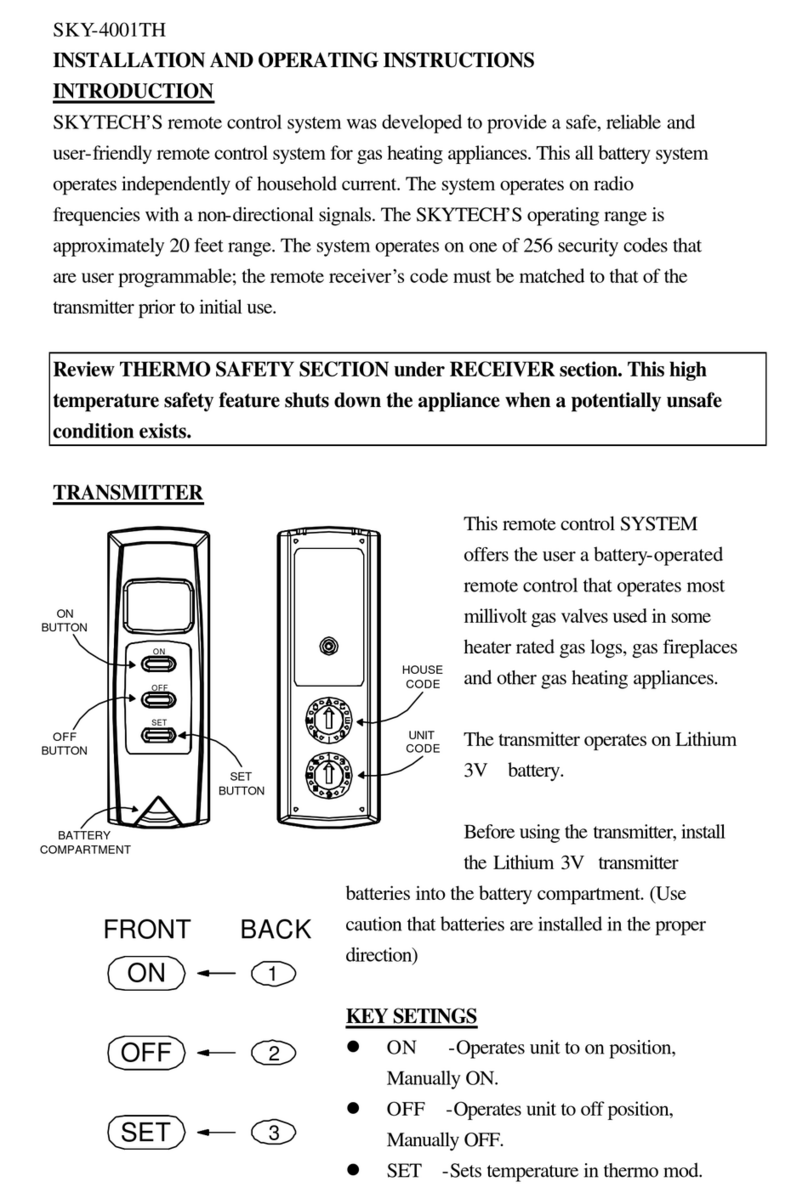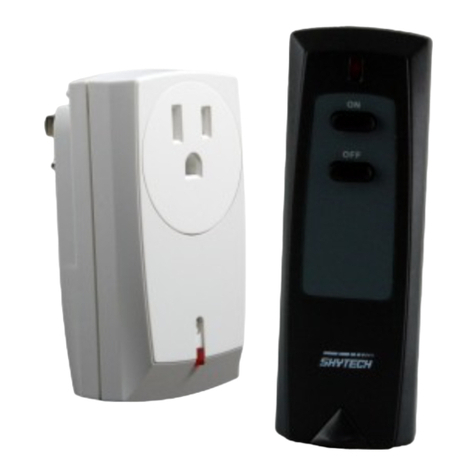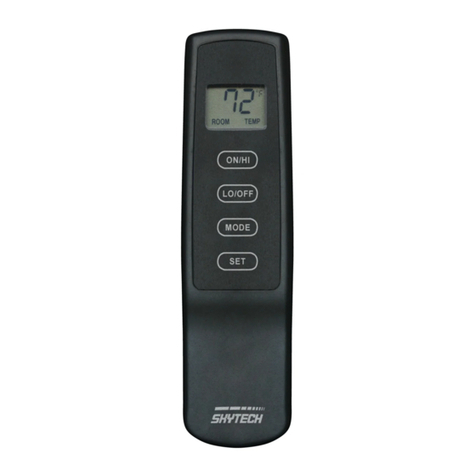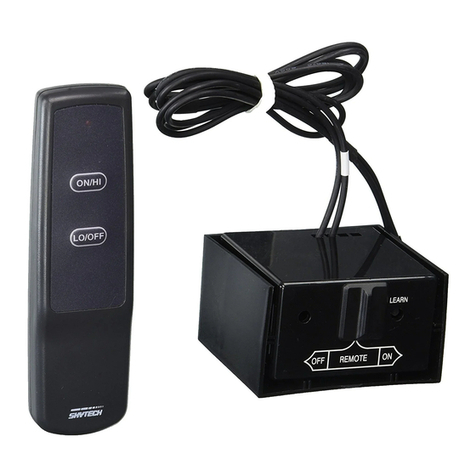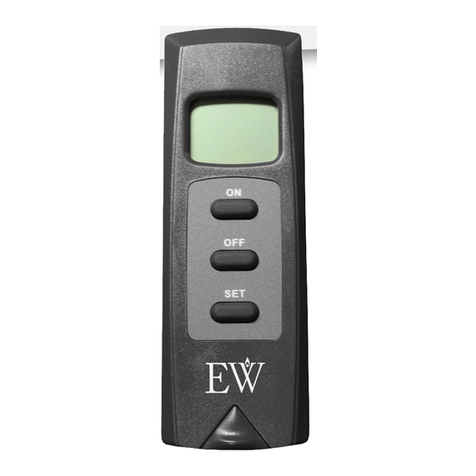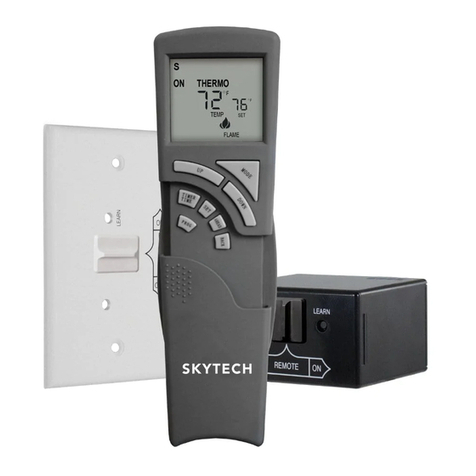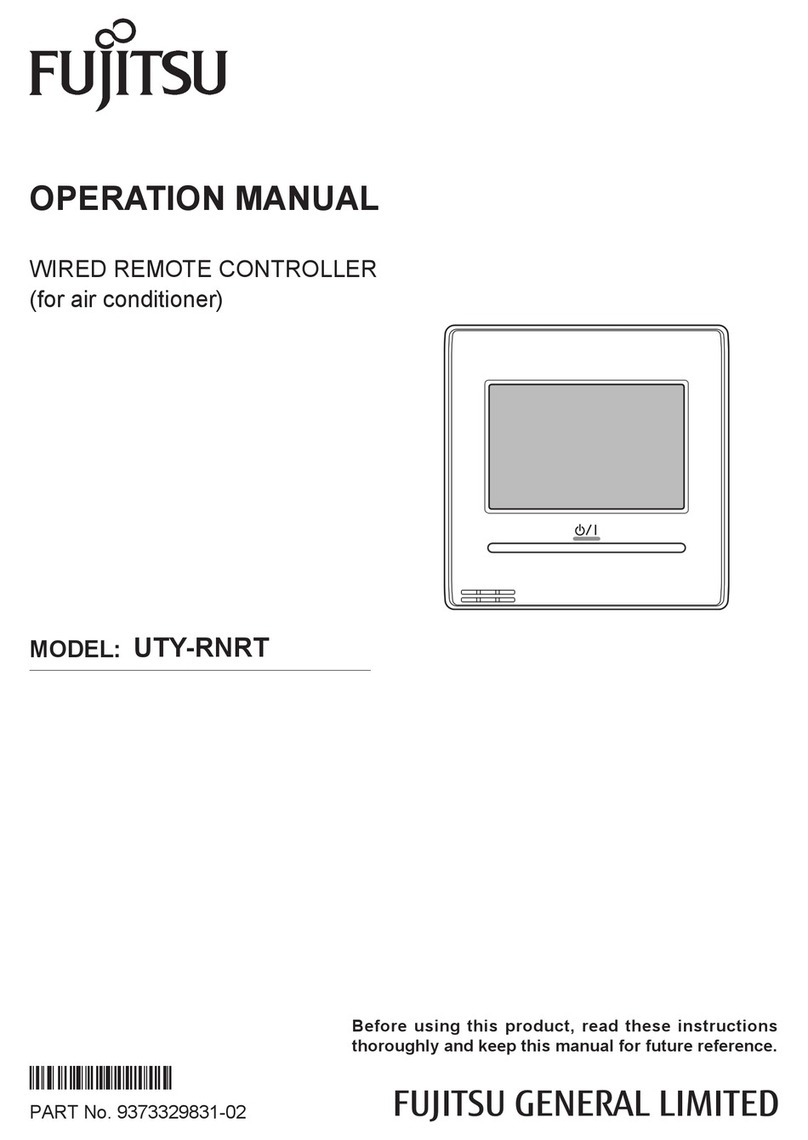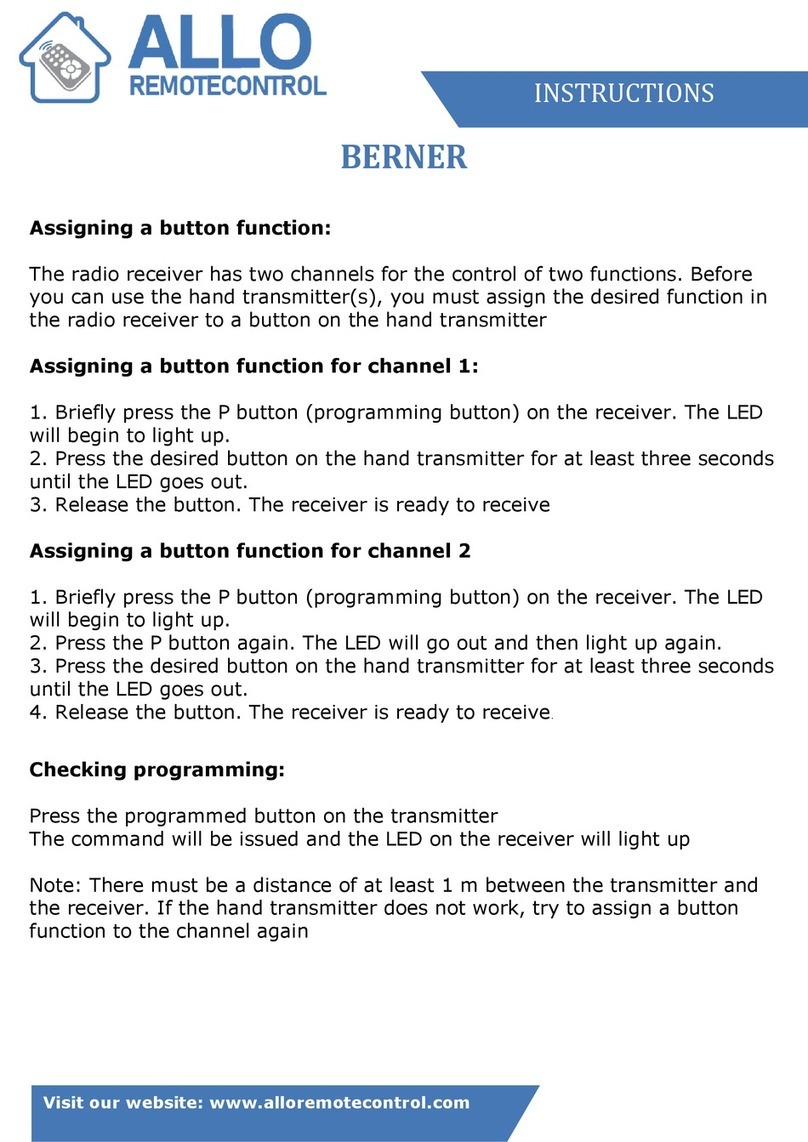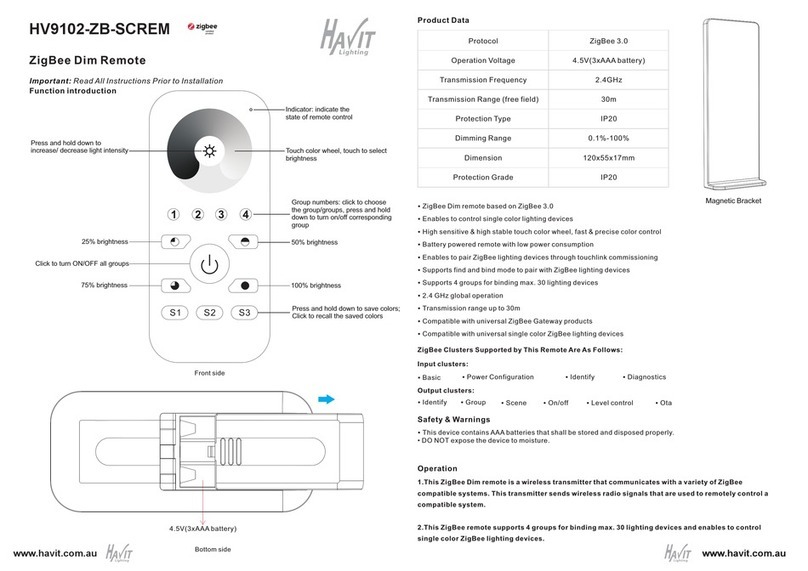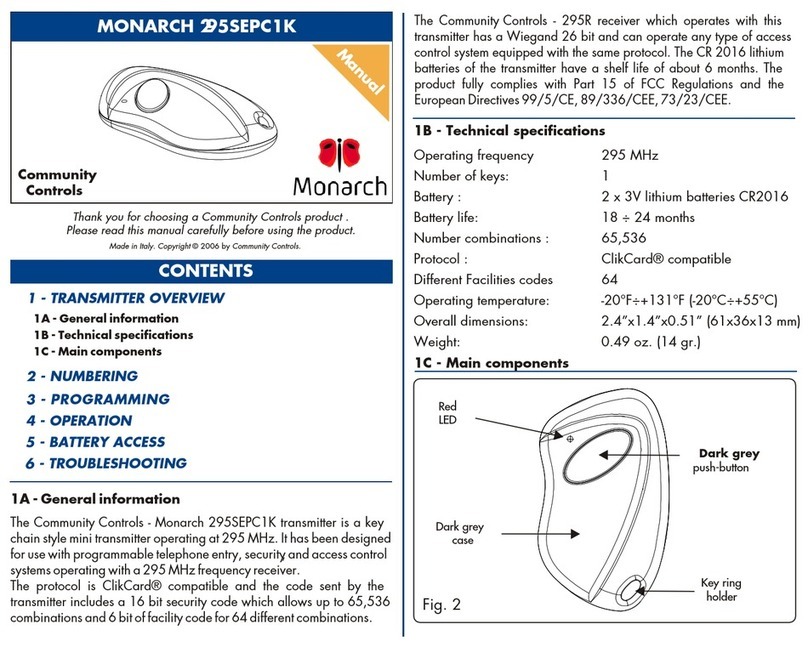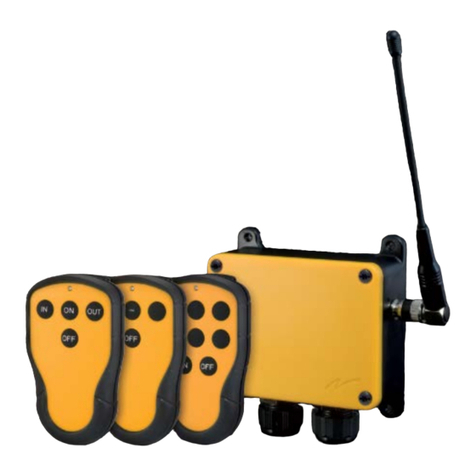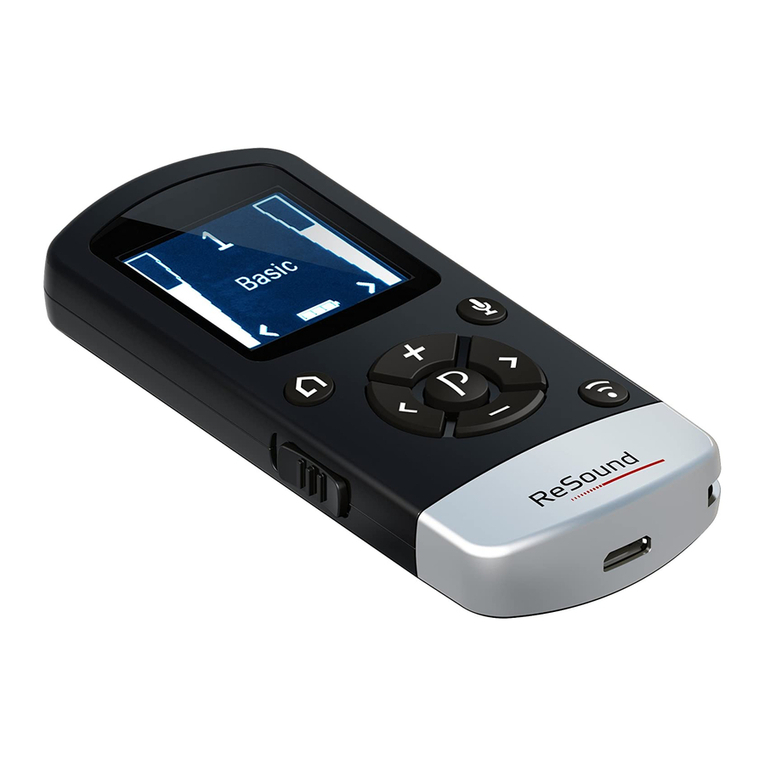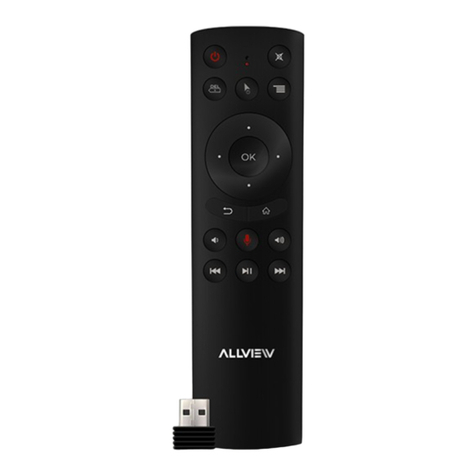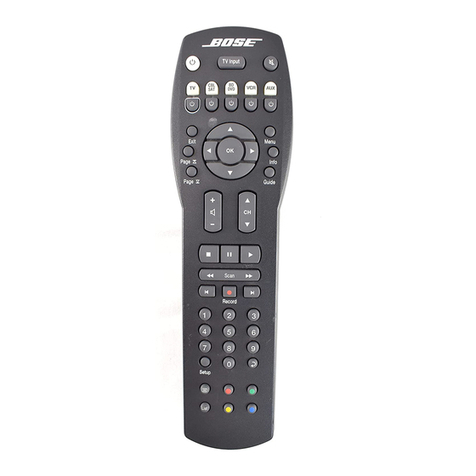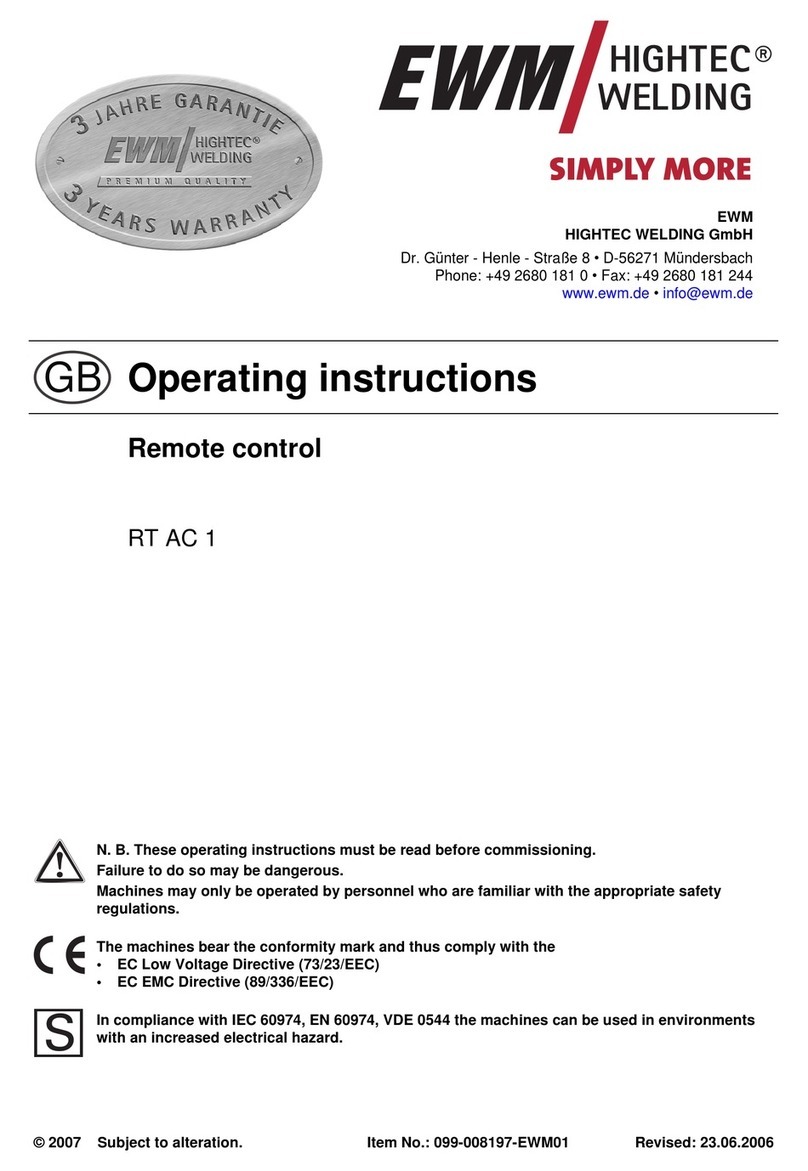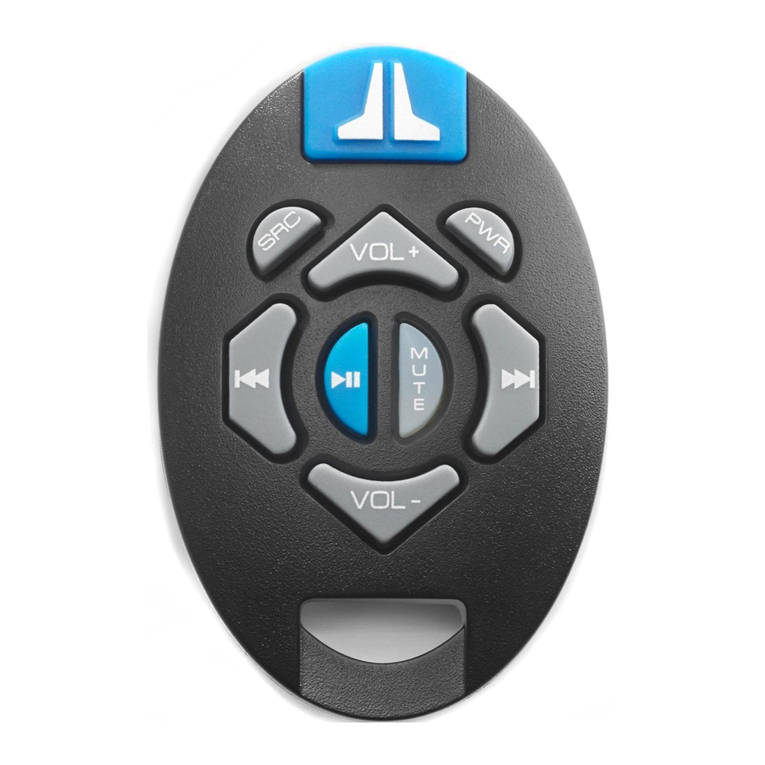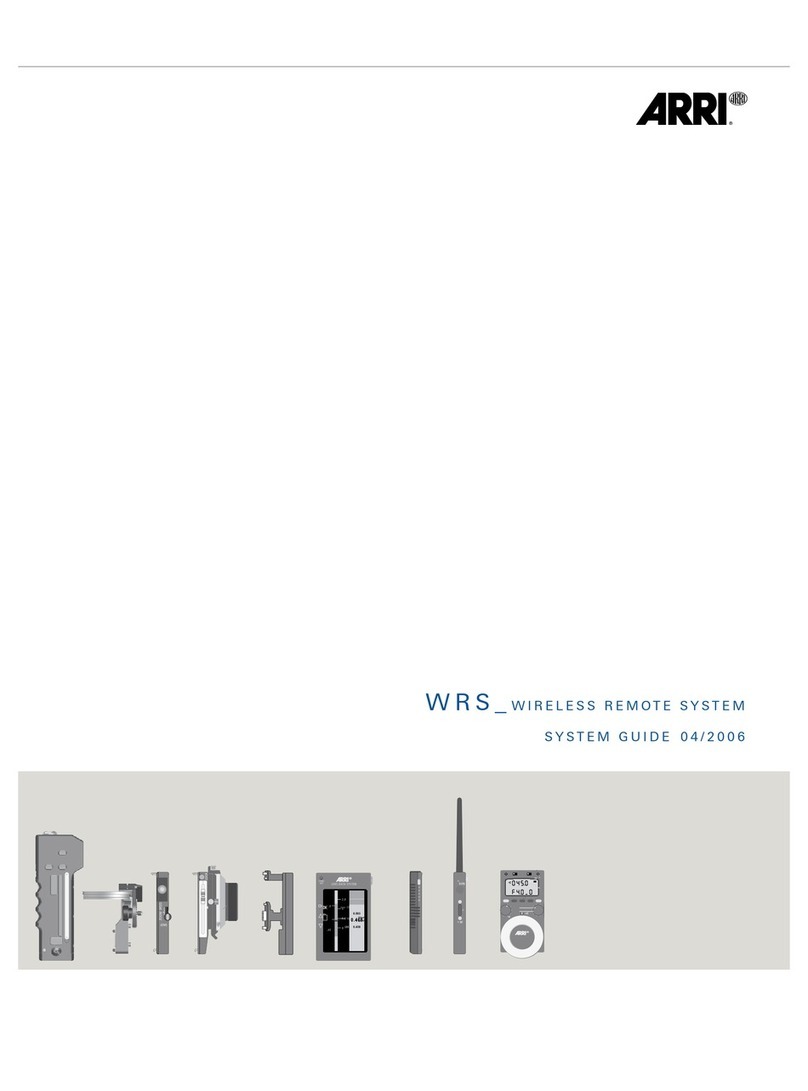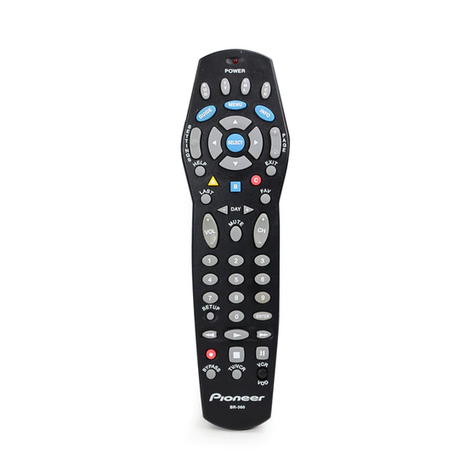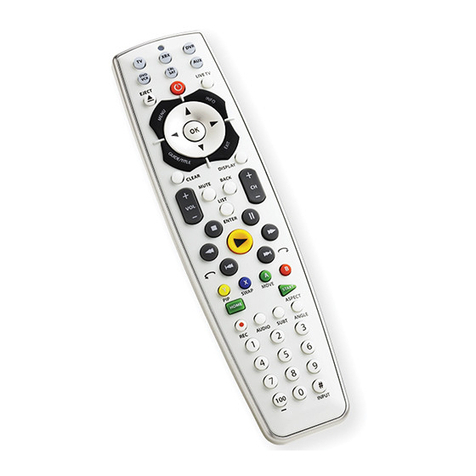REV. 10/29/03
Page 5 of 6
THERMO-SAFETY FEATURE - RECEIVER (T/S - RX)
When the ambient temperature at the THERMISTOR, inside the receiver case, reaches 130°F, the THERMISTOR will automatically send 2
pulses of power to the off terminal on the valve to shut the fireplace system off and the RECEIVER will begin emitting a series of 2 "beeps"
every 4 seconds. When the ambient temperature, at the RECEIVER, drops between 120° F and 130° F, the user can reactivate the fireplace
by pushing either button on the transmitter. When any transmitter button is pressed, the THERMISTOR "resets" itself and the fireplace will
begin operating again. However, the "beeping" will continue, if the ambient temperature remains between 120° F and 130° F. This "beeping"
alerts the user that the RECEIVER should be repositioned so the ambient temperature drops below 120° F.
When the temperature drops below 120° F, the "beeping" will cease, providing the user has "reset" the THERMISTOR by pushing either
transmitter button to operate the fireplace. Allow sufficient time for receiver to cool below 120° F, and then press transmitter button to stop
beeping.
CP (CHILDPROOF) FEATURE
This SKYTECH remote control includes a CHILDPROOF “LOCK-OUT” feature that allows the user to “LOCK-OUT” operation of the appliance,
from the TRANSMITTER.
SETTING “LOCK-OUT” –(CP)
•To activate the “LOCK-OUT” feature, press and hold the ON button and the MODE button at the same time for 5 seconds. The letters CP
will appear in the TEMP frame on the LCD screen.
•To disengage the “LOCK-OUT”, press and hold the ON button and the MODE button at the same time for 5 seconds and the letters CP
will disappear from the LCD screen and the transmitter will return to its normal operating condition.
•To verify that transmitter is in the CP lock-out mode press any key and the LCD screen will show “CP”
NOTE: If the appliance is already operating in the ON or THERMO MODES, engaging the “LOCK-OUT” will not cancel the operating MODE.
Engaging the “LOCK-OUT” prevents only the manual operation of the TRANSMITTER. If in the auto modes, the THERMO operation will
continue to operate normally. To totally “LOCK-OUT” the operation of the TRANSMITTER’S operating signals; the transmitter’s MODE must
be set to OFF.
MATCHING SECURITY CODES
Each transmitter can use one of 1,048,576 unique security codes. It may be necessary to program the remote receiver to LEARN the security
code of the transmitter upon initial use, if batteries are replaced, or if a replacement transmitter is purchased from your dealer or the factory.
When matching security codes, be sure slide button on the receiver is in the REMOTE position; the code will NOT "LEARN" if the slide switch
is in the OFF position. Program the remote receiver to LEARN a new security code by pushing in the LEARN button on the top of the remote
receiver and then pressing any button on the transmitter. A change in the beeping pattern, at the receiver, indicates the transmitter's code has
been programmed into the receiver. When an existing receiver is matched to a new transmitter, the new security code will overwrite the old
one.
The microprocessor that controls the security code matching procedure is controlled by a timing function. If you are unsuccessful in matching
the security code on the first attempt, wait 1 - 2 minutes before trying again--this delay allows the microprocessor to reset its timer circuitry--
and try up to two or three more times.
TRANSMITTER WALL CLIP
The transmitter can be hung on a wall using the clip provided. If the clip is installed on a
solid wood wall, drill 1/8" pilot holes and install with the screws provided. If it is installed
on a plaster/wallboard wall, first drill two 1/4" holes into the wall. Then use a hammer to
tap in the two plastic wall anchors flush with the wall; then install the screws provided.
BATTERY LIFE
Life expectancy of the alkaline batteries in the CON 1001 TH can be up to 12 months depending on use of the solenoid function. Replace all
batteries annually. When the transmitter no longer operates the remote receiver from a distance it did previously (i.e., the transmitter's range
has decreased) or the remote receiver does not function at all, the batteries should be checked. It is important that the remote receiver
batteries are fully charged, providing combined output voltage of at least 5.5volts. The transmitter should operate with as little as 2.5 volts
battery power.
WALL CLIP
SLOT
WALL CLIP
BATTERY
COMPARTMENT






